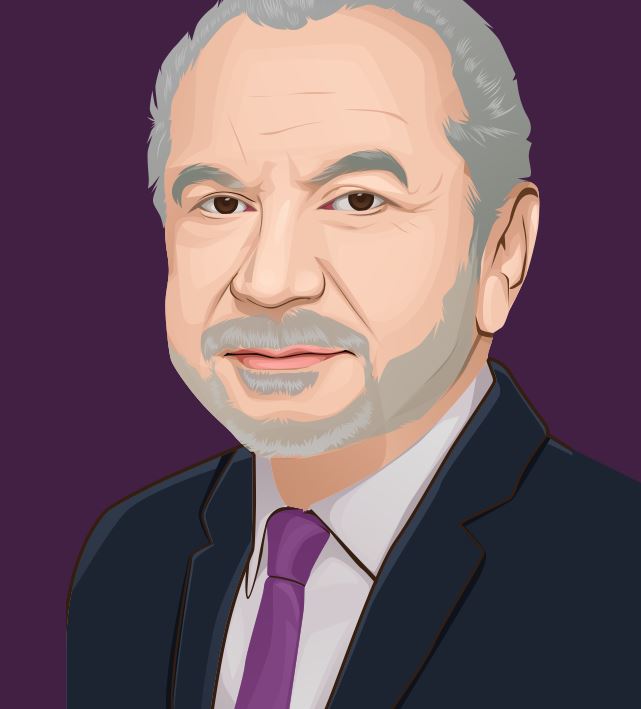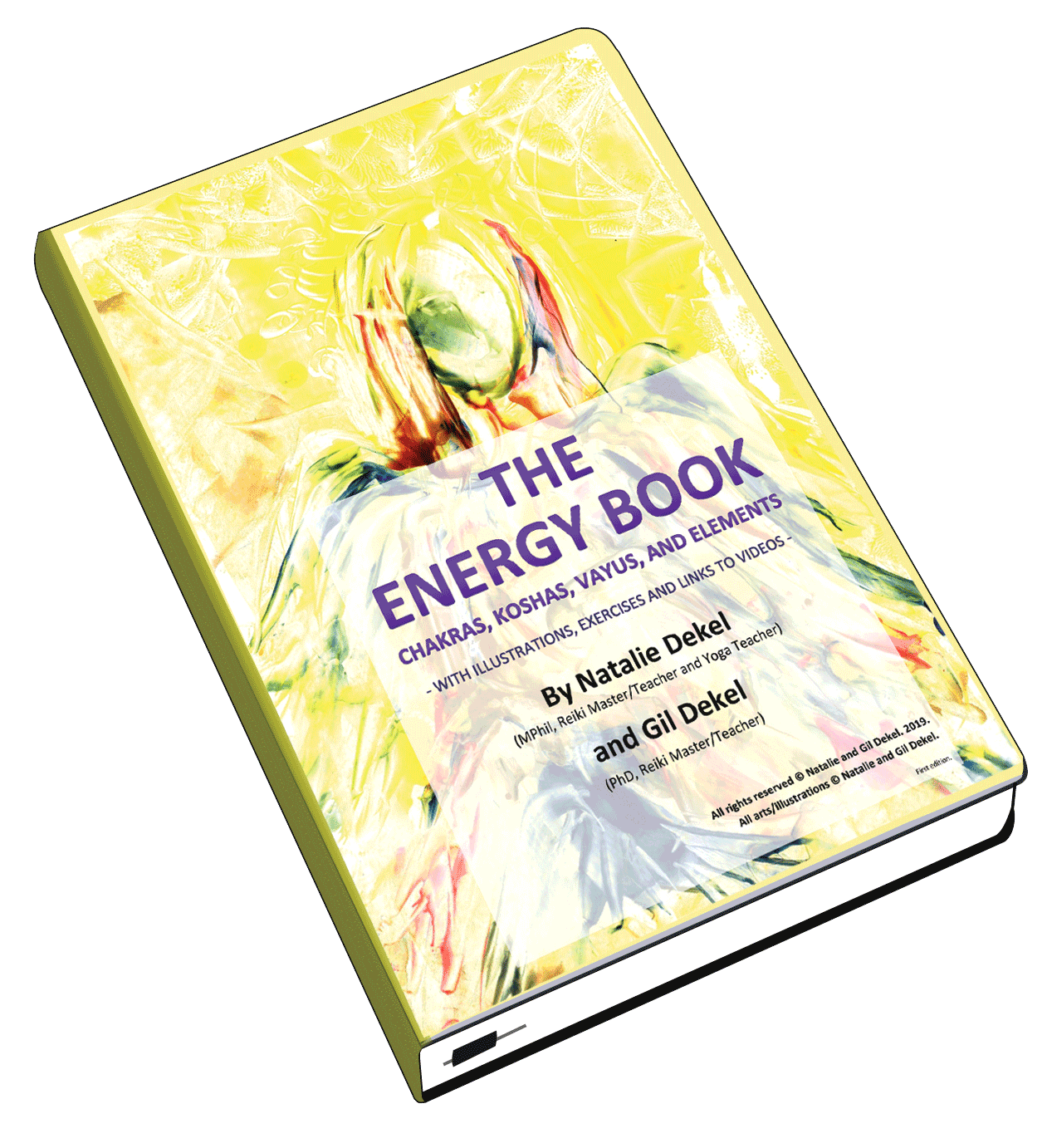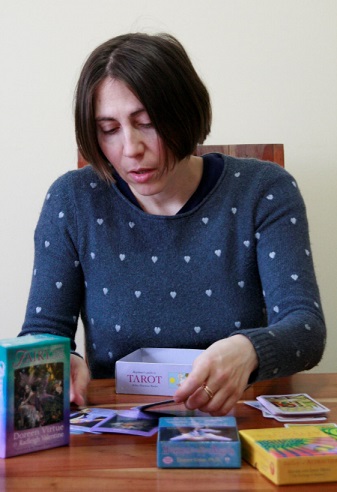
Lord Alan Sugar Sugar. © Gil Dekel.
Part 1 of 4. » Go to part 2. Part 3. Part 4.
A concise review of key insights from Alan Sugar’s successful business career and life experiences, as laid in his recent autobiography (published by Macmillan, London, 2010).
[The numbers below are pages numbers as they appear in the book, for your reference.]
10
Alan’s dad had a skill – being a tailor – but never exploited that skill fully, and never opened up a shop or set up a business. Rather he preferred to work for someone else in a factory.
16
Once new ideas for products are born, immediately the competition springs up.
23
Presentations have the same basis whether you are an executive trying to sell engines to Boeing, or a stallholder trying to sell towels and sheets in the market. The commodities and environment may differ, yet the skills required for the presentation are the same: knowing your product inside out, and being able to convey its specifications to your customers.

Lord Alan Sugar, founder of Amstrad, and author of ‘What You See Is What You Get My Autobiograhy.’ © Gil Dekel.
31
Cutting prices generate sells.
45
Many products are made of simple ingredients/components. Hair lacquer, for example, is made of alcohol and a resin called shellac. The alcohol evaporates once it is sprayed, and the shellac holds the hair in place. These are simple materials, and while many products may differ in price and packaging, they are made of the same stuff.
54
USP – Unique Selling Point of a product.
72
Establish trust with your suppliers by actions in practice, not by promises. If you never fail to pay them, they will soon trust you and agree to sell you in credit.
78
Brand names create credibility.
90
Getting repeat orders from the same buyer means that you do not need to spend time chasing buyers. Repeat orders save a lot of time.
95
Many items are returned to the shops not because they are faulty, rather because the customers do not like them or simply do not know how to work them.
100
Move from being a trader to being a manufacturer.
107
In the 1970’s hi-fi magazines had a great power of influence and would set the tone. Reviewers would test equipments and decided what is good, and buyers would follow their advice.
114
No one is indispensable. Everyone can be replaced.
120
Alan’s method:
- Observe what the market leaders are up to,
- Make better and cheaper products,
- Do not sell to the hi-price up-market, rather to the mass market.
Alan wanted to create a value to the average guy who could not afford the expensive kit, but wanted something that looks expensive. Mass volume at low prices.
149
Manufacturers wish to continually supply their products. They prefer the comfort of having long lasting orders from a buyer, and will prefer an order for 5 months than an order for 1 month, on the same quantity. Alan would offer to buy 10,000 units at 2,000 units bought each month, for 5 months, instead of buying the 10,000 units in one month. In return he would ask for a better price.
This technique could be abused, as people would promise long term orders (to get a reduced price) but would then refuse to take the stuff on the second month. They would negotiate a good price for the promise of a long lasting order, but will run away after the first month. Alan never used that trick, and would always take the stuff he agreed to take, simply because he wanted to build a bond of trust with his suppliers.
150
In the electronic industry, new models are always cheaper to produce (and better) than the previous models.
154
Alan was ‘all-rounder’ in his business. He would sit on the production line and assemble the first units of any new models his company produced. This gave him an idea of the complexity of the production process, and thus the ability to envisage future products.
161
Innovations in electronics were much about fashion and taste, and not just about the technical improvements.
164
Communication with all staff, senior and junior, is crucial for Alan.
167
OEM – Original Equipment Manufacturer. OEM trading means the manufacturer has no trading brand on the products and does not sell it to the retail, rather to others who have their trading brand. Alan would supply others that would sell through their own channels of distribution. In this way he made extra volume and easy margin (profit) to new markets he did not have connections with.
End of part 1. » Continue to part 2… Part 3. Part 4.
» How to develop your Wellbeing…
12 Dec 2010. Last update 17 Dec 2010.
This work © Gil and Natalie Dekel.

 - Reading with Natalie, book here...
- Reading with Natalie, book here...